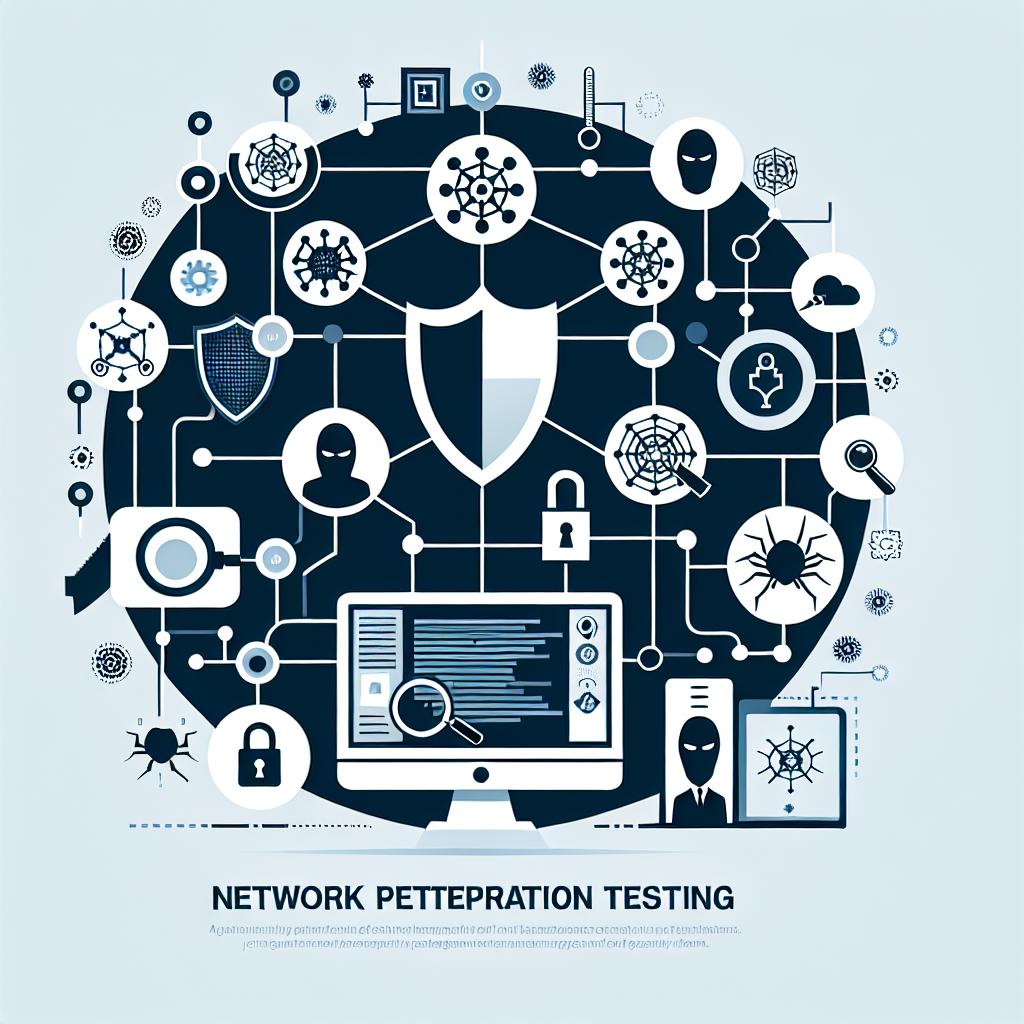In today’s hyper-connected world, network reliability is paramount. Whether it’s the internet backbone, corporate IT infrastructure, or utility grids, unexpected outages can lead to significant financial losses, customer dissatisfaction, and operational disruptions. Traditional reactive approaches to network management—fixing problems after they occur—are no longer sufficient. Instead, organizations are turning to predictive analytics, leveraging time-series data and network analysis to anticipate outages before they happen.
Understanding Time-Series Network Analytics
At its core, time-series network analytics involves analyzing data points collected sequentially over time from various network components. These data points might include metrics such as bandwidth usage, packet loss, latency, error rates, CPU load on network devices, and more. By examining how these metrics evolve, patterns and anomalies can be detected that signal potential issues.
When combined with network analytics—which studies the relationships and interactions between nodes (e.g., routers, switches, servers)—this approach provides a powerful framework for understanding not just isolated metrics but the complex dynamics of the entire network.
Why Predictive Outage Detection Matters
- Minimizing Downtime: Early detection allows network operators to intervene before a failure escalates.
- Cost Savings: Preventing outages reduces emergency repair costs and potential penalties.
- Improved User Experience: Maintaining consistent service quality enhances customer satisfaction.
- Proactive Capacity Planning: Insights from analytics can guide infrastructure upgrades and resource allocation.
Key Components of Predictive Time-Series Network Analytics
1. Data Collection and Integration
The foundation of any predictive system is high-quality data. Network devices generate vast amounts of telemetry data, often stored in time-series databases. Integrating data from multiple sources—such as SNMP traps, syslogs, flow records, and application performance monitors—is crucial for a holistic view.
2. Feature Engineering
Raw data must be transformed into meaningful features that capture the network’s state. Examples include:
- Moving averages and variances of latency or throughput.
- Rate of change in error counts.
- Correlation between traffic spikes and CPU load.
- Topological features like node centrality or link betweenness.
3. Anomaly Detection
Anomalies often precede outages. Techniques include:
- Statistical Methods: Threshold-based alerts, z-score analysis.
- Machine Learning: Unsupervised models like Isolation Forests or Autoencoders to detect unusual patterns.
- Deep Learning: Recurrent Neural Networks (RNNs) and Long Short-Term Memory (LSTM) networks excel at modeling temporal dependencies.
4. Network Topology Analysis
Understanding how nodes and links interact helps identify critical points of failure. Graph theory metrics can highlight vulnerable nodes whose degradation might cascade into widespread outages.
5. Predictive Modeling
Combining time-series forecasting with network context enables prediction of future states. Models can estimate the likelihood of failure within a given time window, allowing prioritization of maintenance efforts.
Practical Applications and Case Studies
- Telecommunications: Providers use time-series analytics to predict fiber cuts or equipment failures, enabling rapid rerouting and repair.
- Cloud Infrastructure: Data centers monitor server health and network traffic to preemptively address bottlenecks or hardware faults.
- Smart Grids: Utilities analyze sensor data to forecast outages caused by equipment wear or environmental factors.
Challenges and Considerations
- Data Quality and Volume: Handling noisy, incomplete, or massive datasets requires robust preprocessing and scalable infrastructure.
- Model Interpretability: Network engineers need understandable insights, not just black-box predictions.
- Real-Time Processing: Timely detection demands efficient algorithms and streaming analytics.
- Dynamic Networks: Networks evolve, so models must adapt to topology changes and new traffic patterns.
Future Directions
Advancements in AI, edge computing, and IoT will further enhance predictive capabilities. Integration with automated remediation systems could enable self-healing networks that not only predict but also prevent outages autonomously.
Conclusion
Time-series network analytics represents a transformative approach to network management. By harnessing the power of temporal data and network structure, organizations can shift from reactive troubleshooting to proactive outage prevention. This not only safeguards operational continuity but also drives smarter, more resilient network ecosystems.
Embracing these technologies today is an investment in a more reliable and efficient digital future.



